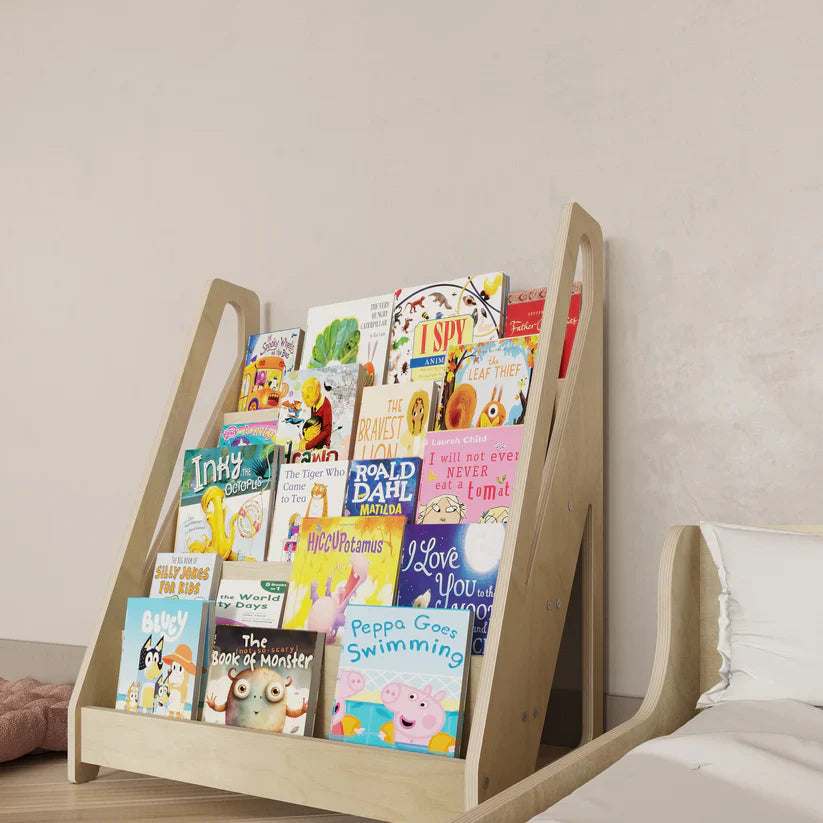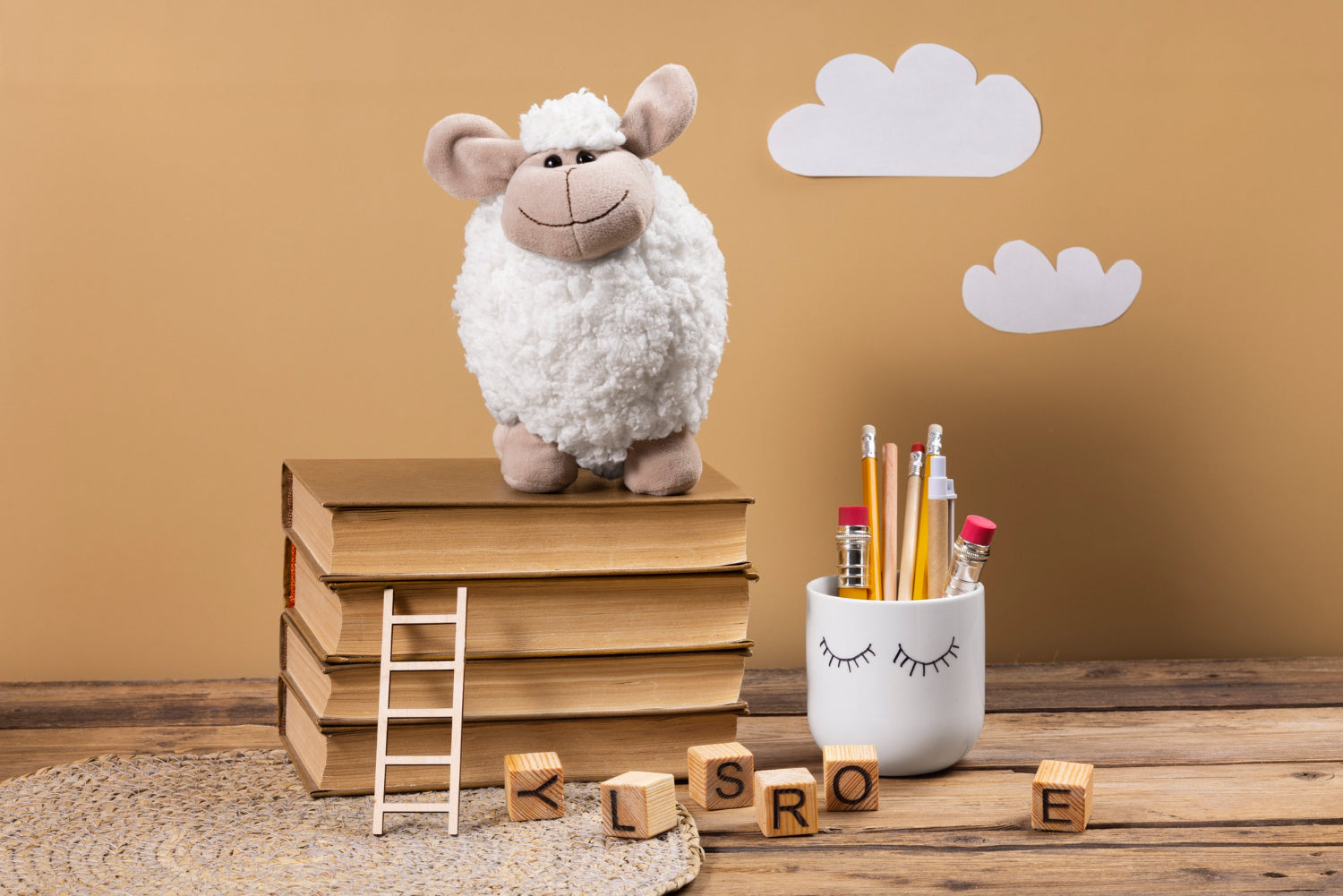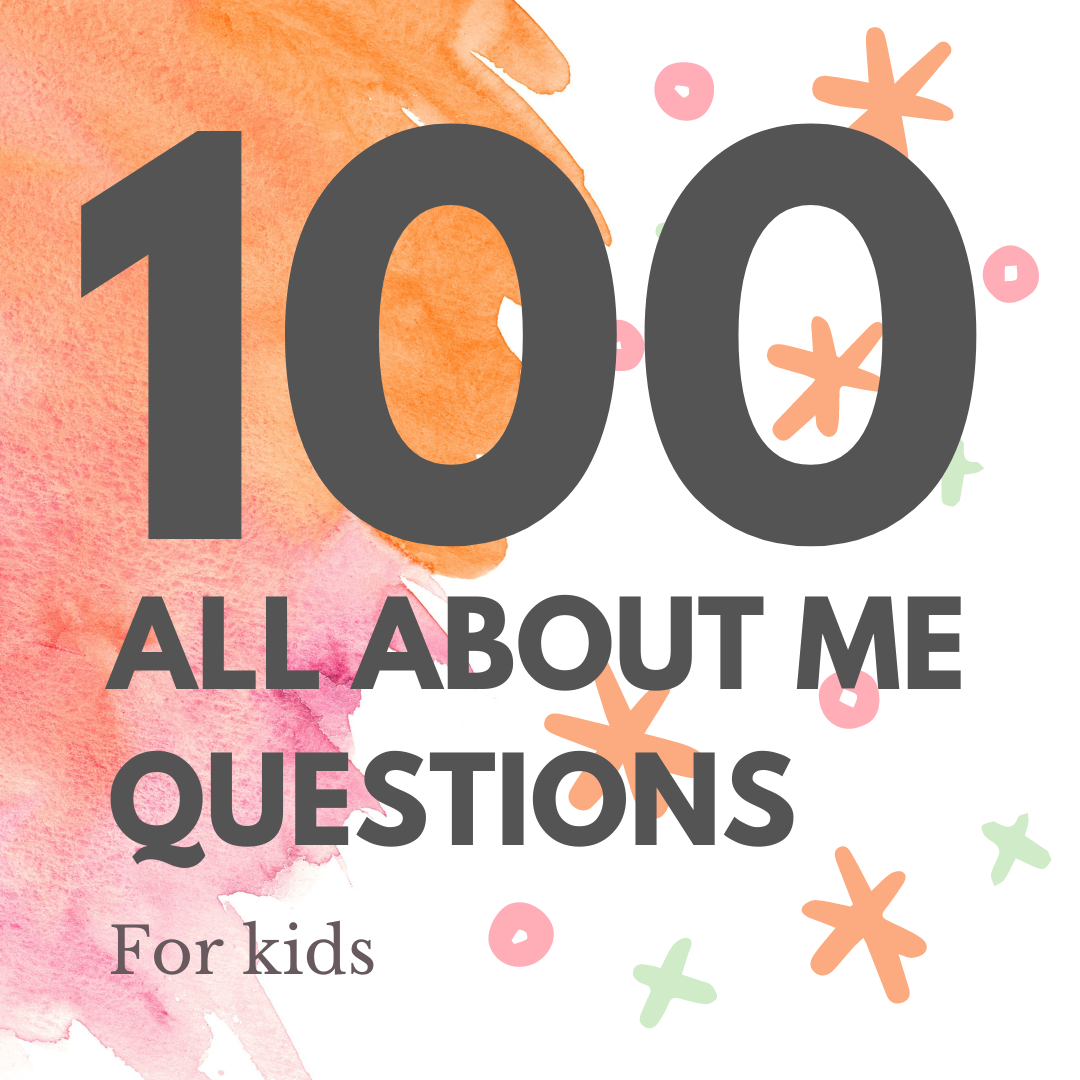Montessori Reading Nook: Fostering a Love for Learning
Montessori education is renowned for its child-centered approach that emphasizes independence, self-directed learning, and the holistic development of young minds. One key element of the Montessori philosophy that plays a pivotal role in nurturing young learners is the Montessori reading nook. In this article, we'll delve into the concept of Montessori reading nooks, their significance, and how to create a captivating and effective space for your child's education.
The Importance of Reading Nooks
Creating a Conducive Learning Environment
Montessori reading nooks serve as serene havens where children can explore the world of literature at their own pace. These thoughtfully designed spaces encourage concentration, focus, and a deep love for reading from a tender age.
Designing a Montessori Reading Nook

Choosing the Right Location
Selecting the ideal location for your Montessori reading nook is a pivotal step in creating an environment that nurtures your child's love for reading and learning. The location you choose will significantly influence the effectiveness of the reading nook and the level of comfort and engagement your child experiences. Here are some essential considerations to guide you in making this important decision:
Assess the Quietude
The first aspect to consider is the level of tranquility in the chosen area. Creating a peaceful atmosphere is essential to help your child concentrate on their reading. Look for a location in your home that is free from constant noise and distractions. Avoid placing the reading nook near loud appliances, heavy foot traffic areas, or places where the family gathers for lively activities. A serene environment will enable your child to dive deep into their books without interruptions.
Seek the Blessing of Natural Light
Natural light can work wonders in enhancing the overall appeal of the reading nook. Positioning it near a window or in a well-lit area allows your child to enjoy the soft, comforting glow of sunlight as they read. Natural light not only makes the space inviting but also contributes to a positive mood, making reading a delightful and immersive experience. Consider using sheer curtains to diffuse the sunlight gently, creating a cozy, inviting nook bathed in a warm, natural glow.
Furniture and Materials
Creating an inviting and comfortable Montessori reading nook involves carefully selecting furniture and materials that align with the Montessori philosophy of education. These choices can significantly impact your child's engagement and learning experience within the reading nook. Let's delve into the essential aspects to consider when outfitting this special space:
Firstly, Montessori furniture should be child-sized and user-friendly, promoting independence and ease of use. Montessori-approved furniture often includes low, accessible shelves for books, child-sized chairs or cushions, and low tables. These elements empower your child to access their books and materials independently, fostering a sense of ownership over their reading nook.

In addition to furniture, materials play a crucial role in a Montessori reading nook. Opt for high-quality, age-appropriate books that align with your child's interests and developmental stage. Consider books with vivid illustrations, engaging stories, and diverse subject matter. Incorporate materials that encourage sensory exploration, such as soft rugs, textured fabrics, and even scented sachets to stimulate the senses.
It's essential to keep the space uncluttered and organized. Use open, low shelves to display books with covers facing forward, making it easy for your child to select a book that piques their interest. This organization promotes visual appeal and encourages your child to explore and choose books independently.
To enhance comfort and coziness, add soft cushions, blankets, and plush seating options. These elements invite your child to relax and immerse themselves in the world of reading, creating a warm and inviting atmosphere within the reading nook.
By carefully selecting Montessori-approved furniture and materials, you'll create a reading nook that not only aligns with the Montessori educational philosophy but also beckons your child to embark on a lifelong journey of learning and discovery through the magic of books.
Personalization and Accessibility
Involve Your Child
Empower your child to personalize their reading nook, fostering a sense of ownership and pride in their learning space.
Keep It Organized
Learn how to maintain order in the reading nook, ensuring that books and materials are easily accessible.
The Role of Nature in Montessori Reading Nooks
Bringing the Outdoors In
Discover the benefits of incorporating elements of nature into the reading nook and how it enhances the learning experience.
Incorporating Multi-Sensory Experiences
The Use of Textures and Scents
Explore how the inclusion of textures and scents can make reading a multisensory adventure.
Promoting Independence and Choice
Rotating Books
Find out why a variety of books, rotated periodically, is essential for fostering independence and curiosity.
Encouraging Self-Directed Learning
Learn how to empower your child to make choices and decisions about their reading material.
Establishing a Routine
Consistency Is Key
Discover the importance of establishing a daily reading routine and how it contributes to a sense of security and expectation.
How to Encourage Reading in a Montessori Reading Nook
Lead by Example
Learn how your enthusiasm for reading can inspire your child to embrace books.
Storytelling Time
Explore the tradition of storytelling and its role in enhancing language development.
Benefits of a Montessori Reading Nook
Encouraging a Lifelong Love for Reading
Uncover how the Montessori reading nook can set the stage for a lifelong passion for literature.
Enhancing Cognitive and Social Skills
Discover how this unique learning environment fosters cognitive and social development.
Real-Life Success Stories
Hear inspiring stories from parents who have witnessed the transformational power of Montessori reading nooks.
Addressing Common Challenges
Overstimulation
Learn how to prevent overstimulation and create a peaceful reading environment.
Maintaining Interest
Discover strategies to keep your child engaged and excited about reading.
Tips for Maintaining and Evolving Your Reading Nook
Growing with Your Child
Adapt your reading nook to meet the evolving needs and interests of your growing child.
Staying Flexible
Stay open to changes and adjustments as your child's preferences and abilities evolve.
FAQs
1. What age is suitable for a Montessori reading nook?
- A Montessori reading nook can be introduced to children as young as infants, although it becomes more interactive as they grow. Toddlers and preschoolers particularly benefit from this nurturing environment, but the concept can be adapted for older children as well.
2. Do I need special Montessori materials for the reading nook?
- While traditional Montessori materials are not mandatory, it's advisable to include age-appropriate, quality books and educational materials. Focus on items that encourage exploration, sensory experiences, and learning through play.
3. How can I ensure my child's safety in the reading nook?
- Safety is paramount. Ensure that the reading nook is free from hazards, sharp objects, or small items that could be choking hazards. Use childproofing measures if necessary, and always supervise young children during reading time.
4. Can a Montessori reading nook work in a small space?
- Yes, a Montessori reading nook can be adapted to fit small spaces. It's all about maximizing the available area efficiently. Consider wall-mounted bookshelves, foldable furniture, and creative storage solutions to make the most of the space you have.
5. What if my child loses interest in the reading nook over time?
- It's natural for children's interests to evolve. If your child loses interest in the reading nook, consider involving them in redesigning the space or introducing new books and materials that align with their current interests. The key is to keep the reading nook dynamic and appealing to their changing preferences.





Share:
5 Best Montessori Books for Parents